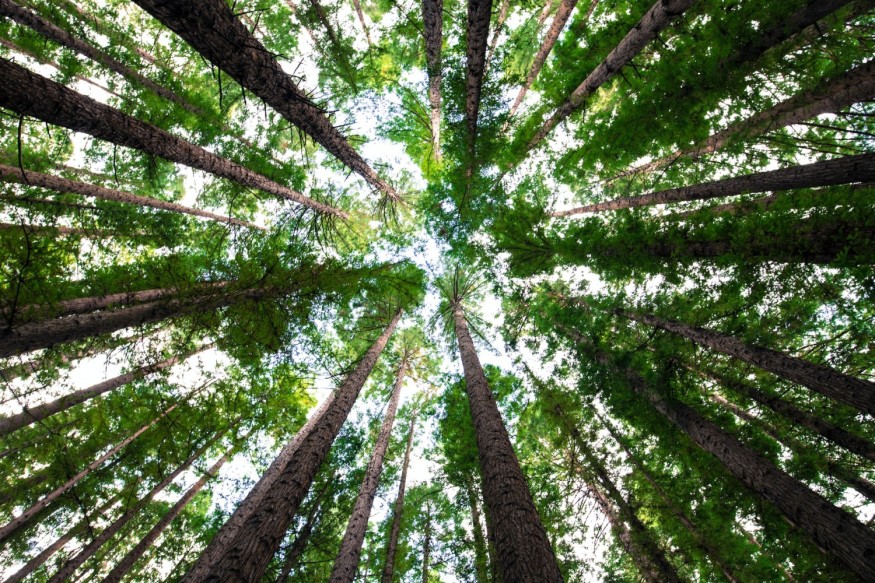Drought is an unpredictable natural calamity that affects not only society and animals but also plant life and the wider environment, including vegetation and trees. Both prehistoric and historical evidence show that drought can lead to widespread deaths and even the destruction of crops, a phenomenon that affected some ancient civilizations thousands of years ago.
In modern times, this natural disaster has persisted in different parts of the world, affecting both populated and remote areas. Since drought is characterized by scientists as a period of drier-than-normal conditions and the lack of rainfall, water-dependent living organisms and plants are affected.
However, this is not the case for some trees, even if they have a relatively abundant supply of water. Recently, scientists found trees that grow in wetter regions are less resilient to drought. Prolonged dry soil conditions are known for damaging roots, leading to weakened trees or even killing them.
Mesic Forest Drought Sensitivity

For a long time, scientists have contested whether dry conditions affect the resilience of trees to drought. Prevailing research show that water deficiency is the main factor that decreases the growth and survival rate of trees in arid and semi-arid areas.
In this context, there is a popular notion that trees situated in wetter regions have more chance of survival against drought.
In a study published in the journal Science on December 7, researchers from the University of California, Santa Barbara, and the University of California, Davis found that mesic forests in wetter regions showed evidence of drought sensitivity, which make the trees even more vulnerable to the impacts of climate change.
The research team confirmed that increased drought conditions caused by climate change threatens tree growth and survival. In addition, the team concluded that greater water availability could "spoil" trees and in the long run reduce their ability to adapt during drought.
Tree Drought Adaptations
In an evolutionary perspective, conditions provided by nature that challenge organisms' survival can either strengthen or break them, which supports English naturalist Charles Darwin's theory of evolution and the survival of the fittest concept.
In the case of drought adaptations, trees can respond to increased temperatures and altered precipitations amid ongoing climate change, even in extreme climatic events.
This is according to a study published in the journal Frontiers in 2015.
Drought Impacts
The analogy of the 2015 study implies that trees in water-stricken environments due to drought do not necessarily mean they die off easily compared with trees in water-rich habitats. Yet, drought impacts are different when it comes to humans.
According to the World Health Organization (WHO), drought affects approximately 55 million people globally every year, with water scarcity impacting 40% of the Earth's population. Furthermore, as many as 700 million people are at risk of being displaced due to drought by the year 2030.
Drought can occur anywhere in the world, impacting health and the environment, agriculture, economies, and energy.
© 2025 NatureWorldNews.com All rights reserved. Do not reproduce without permission.





